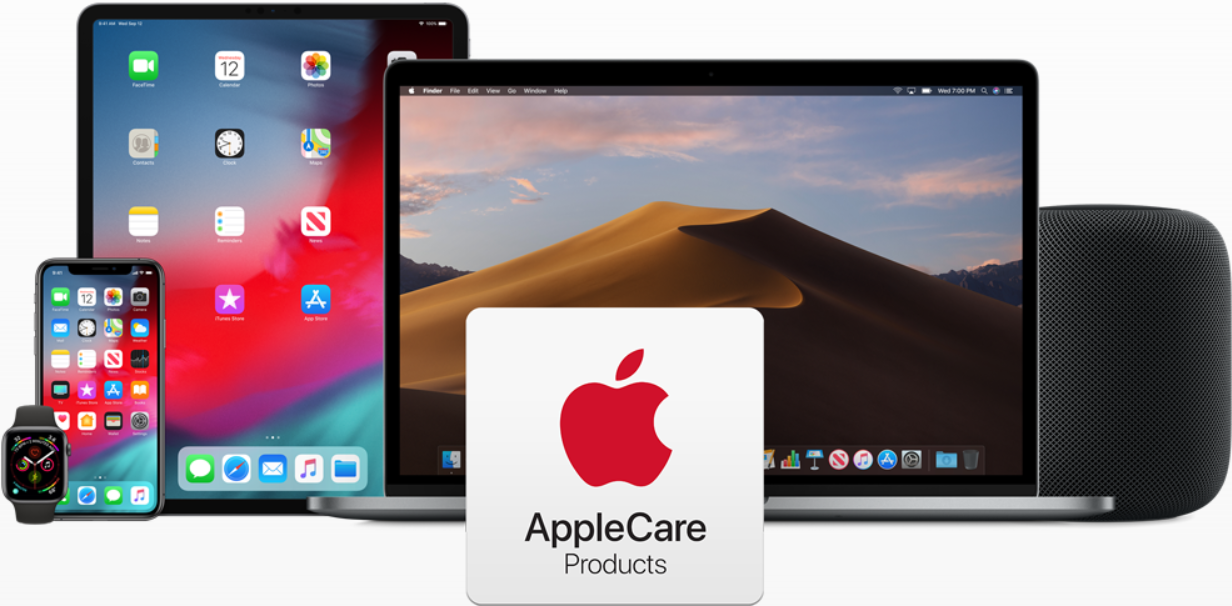
Education has come a long way from the days of chalkboards and textbooks. With the fast-paced advancement of technology, learning has become more immersive, interactive, and accessible than ever before. It’s no surprise to find someone taking IT courses online and not step foot inside a classroom. From virtual reality classrooms to personalized adaptive learning algorithms, cutting-edge technologies are revolutionizing how we approach education. In this blog post, we’ll look at innovative technologies transforming the educational landscape and paving the way for a brighter future of lifelong learning. Get ready to explore new horizons in education.
Virtual Reality
Virtual reality tech immerses users in a three-dimensional environment. This technology is used to help users learn new information more effectively. Virtual reality has improved student retention rates and comprehension by providing a new perspective on information. Additionally, virtual reality can reduce anxiety and stress levels in students.

Augmented Reality
Augmented reality uses technology that overlays digital objects in the real world. This technology is used to help students learn new information more effectively. Augmented reality can provide visuals for learning materials, such as textbooks or lecture slides. Additionally, augmented reality can overlay quizzes or problem sets onto images or videos. This allows students to interact with the materials interactively.
Artificial Intelligence
Artificial intelligence, commonly known as AI, is a type of technology that mimics the cognitive abilities of humans. AI is effective when learning new information. AI can identify patterns and relationships in data more quickly than humans can.
Gamification
Gamification is a type of technology that uses game mechanics to improve learning. Game mechanics can be used to motivate students to learn information. Additionally, game mechanics can be used to track student progress and achievement. This helps students feel engaged in the learning process and improves their comprehension and retention of information.
E-Learning
E-learning is learning that occurs online. E-learning is ideal for students who have difficulty attending traditional educational events or cannot leave their homes. E-learning platforms allow users to access learning materials from anywhere in the world. Additionally, e-learning platforms often include features that help students learn more effectively, such as video lectures and interactive content.
There is no doubt that the use of technology has revolutionized the way we learn. Technology has made learning easier than ever before, from accessing information from anywhere and at any time to sharing resources with classmates and colleagues.






